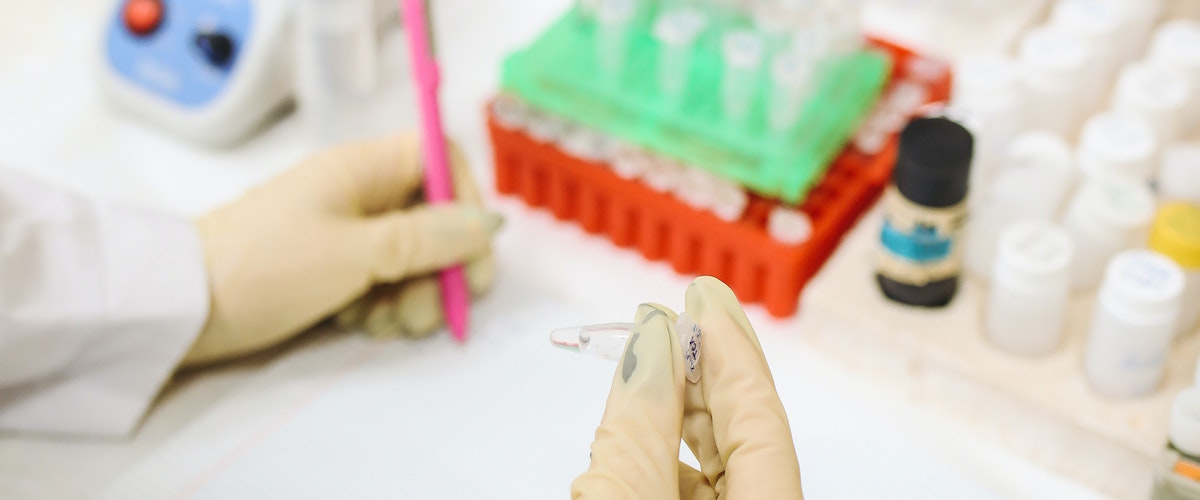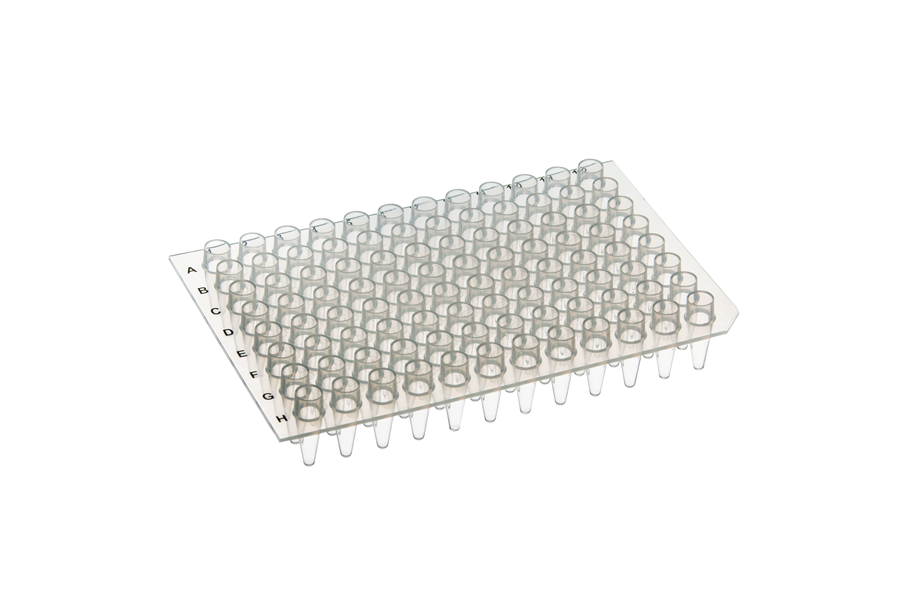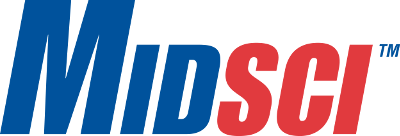 S2K Commerce - Products Dropdown
S2K Commerce - Products Dropdown
 S2K Commerce - Shopping Cart
S2K Commerce - Shopping Cart
 Web Content Viewer
Web Content Viewer
Best Practices to Improve PCR/qPCR Data (Vol. 2)

In an earlier blog, we shared three tips to improve your lab’s polymerase chain reaction or PCR process. This includes using white or transparent plates, stabilizing the denaturation process, and purchasing quality products from a trusted vendor.
New Tips to Improve Your Lab’s PCR Process:
PRO TIP #4: Make accurate measurements a priority.
It is helpful to think of PCR/qPCR as being more similar to baking than cooking. When cooking, one does not need to be overly concerned with precision — a dash of salt here and a pinch of garlic there. Cooking is very forgiving. Baking is not. If you do not measure the flour, sugar, and other ingredients, you occasionally create something wonderful. Most of the time you will be left with something inedible. PCR/qPCR is the same. Accurate measurements make all the difference.
 We always suggest using Low Retention Graduated Barrier Pipette Tips from a trusted manufacturer, such as PR1MA (pictured right.) If you ever see any residual liquid in the tip after pipetting, it means you are putting varying amounts of reagents, sample, or other contaminants in your wells. Many labs, after switching to PR1MA tips, will report half the error value in qPCR, and this is especially noticeable in the higher CT range.
We always suggest using Low Retention Graduated Barrier Pipette Tips from a trusted manufacturer, such as PR1MA (pictured right.) If you ever see any residual liquid in the tip after pipetting, it means you are putting varying amounts of reagents, sample, or other contaminants in your wells. Many labs, after switching to PR1MA tips, will report half the error value in qPCR, and this is especially noticeable in the higher CT range.
One lab reported: “Before using low retention tips, values on a 32 CT range, for example, might have close to a 1 CT spread in replicates. After switching to low retention tips, the CT spread was decreased to 0.5.”
PRO TIP #5: Be cost conscious and spend money effectively.
Did you know plates are usually cheaper per well than strips or individual tubes?
 In a recent analysis of the top five Google search results, the average cost per well was $0.036/well for plates. Generally speaking, sealing film or strip caps can cost anywhere from $0.005 to $0.01 to cover one well. You could also do the same thing with individual 0.2 mL tubes. The cost per tube was $0.06, and a strip of 8 tubes with attached caps cost $0.11/well. Now, we are only talking pennies — but the more PCR you do, the more it adds up!
In a recent analysis of the top five Google search results, the average cost per well was $0.036/well for plates. Generally speaking, sealing film or strip caps can cost anywhere from $0.005 to $0.01 to cover one well. You could also do the same thing with individual 0.2 mL tubes. The cost per tube was $0.06, and a strip of 8 tubes with attached caps cost $0.11/well. Now, we are only talking pennies — but the more PCR you do, the more it adds up!
- Buy a cuttable PCR Plate like the one pictured. If you do not need to run 96 wells, this plate is very easy to cut.
- Sealing film for covered wells is generally less expensive than strip tubes.
